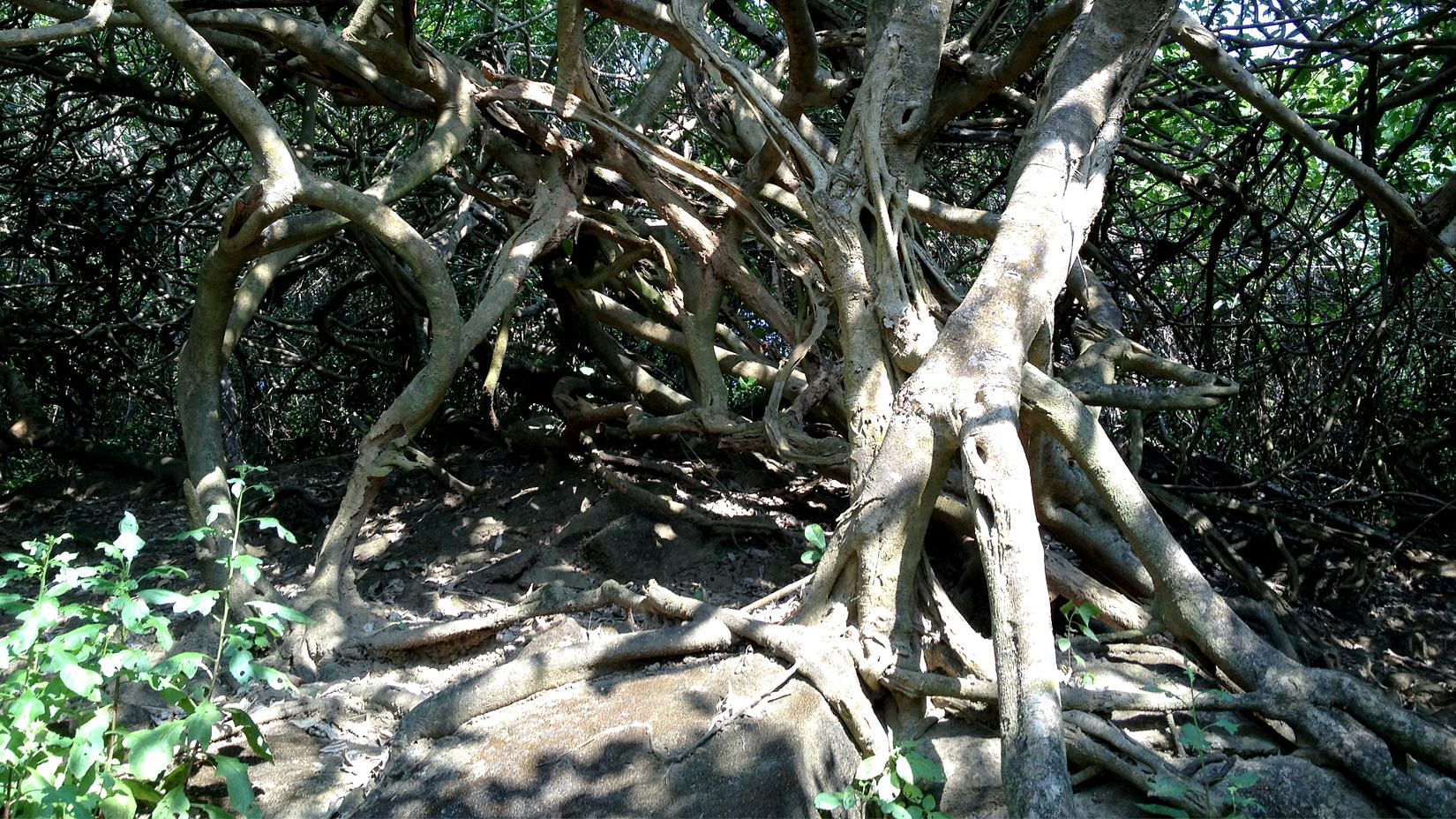- Cintacor: All things you should keep in mind for a tropical vaca
- Four things to look forward to at Destiny
- King’s Cliff: Pairing food with the rains at Ooty
- Little Earth: Fine dining vs street foods
- Mangifera: India's rich nature and wildlife reserves
- Sherlock's : A weekend getaway to Ooty
- Cintacor: The Ideal Summer Destination
- The Hidden Charm Of The Littlearth Square
- A Midsummer Dream at Destiny
- The Echoes of Cintacor’s Past
- Monsoon Rituals Of The True Inhabitants Of Cintacor
- Thrilling Monsoon Escapades Awaiting You In Ooty
- The ultimate island vacation checklist
- Ooty's Gastronomic Gems: 4 Food-Haunts Every Foodie Must Try!
- Here's Why Holidays at Cintacor Are a Health-Conscious Traveller
- Perfecting the Art of Doing Nothing
- Capture a piece of paradise: Picture-perfect spots at Cintacor
- King's Cliff, Ooty's quaint time machine
- A Day in the Life at Cintacor
- Littlearth Square: Bringing Together Ooty's Bounty in One Vibran
- A Rendezvous with Mother Nature and Her Envoys
- An Essential Guide to an Unforgettable Summer Holiday at Cintaco
Long before it became known as Cintacor, the Island Resort, Kurumgad held its place in the Arabian Sea as a keeper of history, ancient legends, and 300 million years of untamed natural beauty. Read on to know the captivating tales that shaped Kurumgad into what it is today.
A shrine to Kurumagad’s history
Cintacor Island is believed to be home to the historical remnants of a Chola Dynasty fort. Due to its geography, Kurumgad and its surrounding islands served as the perfect vantage point to warn kingdoms of any incoming naval attacks. Making it the perfect spot to build a strong fortress. This is why these ruins could very well belong to the Chola Dynasty. Yet, some locals believe that this was built by Maratha rulers.
Certain accounts point to it being built by a Sodhe Dynasty ruler, who didn't wish to annex his territory to Hyder Ali, and instead sought the protection of the Portuguese. With the varying accounts that exist it becomes quite clear that though the origin of the fort may be murky, its walls and the island have borne witness to a part of South India’s history, traces of which still remain if one looks for it.
The ruins of the fort still stand and you can view it during the guided island tours at Cintacor.

Narasimha discovers an abode
Kurumgad island isn’t just the site where ancient Indian rulers or Portuguese traders staked their claim, it is also considered to be a witness to the wrath of Vishnu’s fourth avatar, Narasimha - the half-lion and half-man incarnate. It is believed that Narasimha, in a fit of rage, swam across the Arabian Sea, clawing his way through anything that came in his path. He nearly tore this island apart but eventually made it his home. There are fissures on the island that some believe were made by the god himself.

The sacred spot on the island now houses the Narasimha Temple, which is situated atop a hill.
You can visit the temple during your stay at Cintacor. Every year, during January the doors of Cintacor are closed for holiday-goers, as many devotees from Goa and Karnataka pay their respects to the god at the yearly pilgrimage.
Interestingly, Lord Narasimha isn’t the only symbol of Vishnu that appears at Cintacor. Even the island’s shape points to another of his avatars - Kurma, or the tortoise. Which is also what lends the island its name. Look above, and you will spot majestic eagles, another mythical symbol related to Vishnu - Garuda, his vimana or vehicle.
The original inhabitants of Cintacor

Long before humans inhabited this island, Kurumgad was home to a variety of flora and fauna, the fossilised remains of which can still be found. 300 million years of natural history.
Luckily, the island remained largely uninhabited allowing a beautiful ecosystem to thrive over time, undisturbed even with an island resort in its midst. The beauty of Cintacor is that though its soil still holds the echoes of the past, it is very well intertwined with its present. For your next visit to Cintacor, you too can catch a glimpse of the island’s history as you walk around its nature trails.